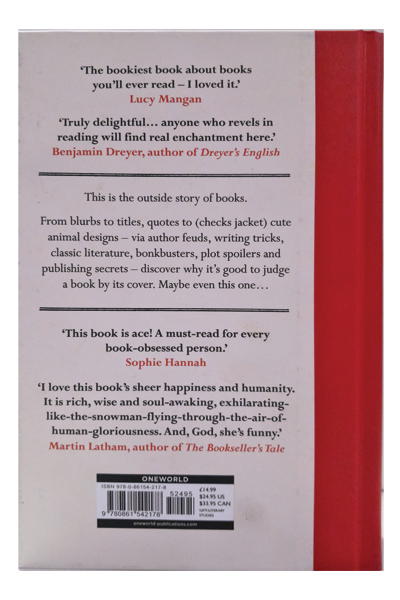When one learns of the multiverse theory advanced by many physicists, one is likely to begin pondering about what one's life might be like in these other universes. Are we better off or worse off?
The quantum theory, as I understand it and as supposedly shown to be true by advanced mathematics, is that there are an infinite number of universes. A decision made in one universe creates another where a different decision has been made. In one universe your life takes one direction; in another it takes another path. And on and on and on.
Matt Haig explores this idea in his best-selling 2020 novel The Midnight Library.Nora, still a relatively young woman as the novel opens, contemplates suicide. She has made many choices in her life, and now it seems they were all the wrong ones. Near death, she finds herself in The Midnight Library surrounded by an infinite number of books, each representing a different version of her life.
She begins to choose one life after another. In one life she is a rock star. In another a glaciologist or an Olympic medalist or a college professor and a happily married mother. and there are many, many others. Yet she does not feel entirely comfortable in any of them. This has a lot to do with the way The Midnight Library works. She is always placed in the middle of this other life without knowing what came before. When she is a rock star, she doesn't know the songs she is supposed to sing. When she is happily married, she doesn't know the name of the man in bed with her. And so it all seems unfair to her, and the novel's only possible ending is the one every reader expects.
Yet the novel, like the multiverse theory itself, makes one think. In that sense, it is much like Haig's other, better novel The Humans. He gives his readers many truths we all must learn to accept. We all have regrets. No life is perfect. There are degrees of good and bad. Little things can have big importance. Perhaps the life you are living is the one you would choose.














